Ceramics could play an important role as insulation materials in next-generation hypersonic aircraft, Chu Yanhui, from the South China University of Technology, told China Science Daily.
Porous ceramic materials are increasingly popular for insulation due to their good properties such as light weight, chemical inertness and low thermal conductivity. However, achieving mechanical strength while maintaining thermal insulation is a challenge. This is because to increase thermal insulation, porous ceramic panels often have to be perforated with more holes - this often significantly reduces the strength of the material. In addition, porous materials often lose strength and shrink when exposed to high temperatures.

The team at the School of Materials Science and Engineering at Guangzhou University, who developed the new ceramic, said that the multi-scale structural design of the material would overcome these inherent limitations. The team's research report has now been published in the journal Advanced Materials.
“The ceramic, called 9PHEB, shows exceptional properties and the ability to maintain durability at temperatures up to 2,000 degrees Celsius, making it suitable for use in harsh conditions,” Chu, who led the research, wrote in the paper.
The material is based on the concept of high entropy alloys (alloys that contain a combination of five or more elements). For 9PHEB, it is a combination of nine positively charged porous ionic components.
According to the authors, 9PHEB has a porosity of about 50 percent but an extremely high compressive strength of about 337 million pascals (MPa) at room temperature – significantly stronger than previously known porous ceramics. Meanwhile, the new material also performed well in insulation and thermal stability tests, retaining 98.5 percent of its room temperature strength even at 1,500 degrees.
When compressed at 2,000 degrees Celsius, unlike traditional ceramics that tend to fracture brittlely, 9HPEB exhibits plastic deformation. At this milestone, the new porous ceramic undergoes 49% deformation, equivalent to a compressive strength of 690 MPa, twice as much as at the beginning.
Importantly, the high temperature did not have any significant effect on the volume or dimensions of the material. 9HPEB only shrank by approximately 2.4% after annealing at 2,000°C.
Mr. Chu attributes the mechanical and thermal properties to the ceramic's “multi-layered” design: “ultrafine pores at the microscale, high-quality interfaces at the nanoscale, and lattice distortion at the atomic scale.”
The microstructure of ceramic pores, both their size and distribution, is important to the design. About 92% of the pores are ultrafine, measuring just 0.8 to 1.2 micrometers in size – a parameter that scientists say gives them unmatched thermal insulation properties. At the nanoscale, ceramics have strong, defect-free connections that enhance mechanical strength. And at the atomic scale, the lattice distortions caused by their high-entropy design improve stiffness and reduce thermal conductivity.
These properties increase the material's mechanical strength and thermal insulation properties, making it suitable for use in the harshest conditions, the researchers concluded.
Zhuang Lei, associate professor in the school of materials science and engineering and co-author, told China Science Daily that the material could have wide applications in industries such as aerospace, energy and chemical engineering.
(According to SCMP)
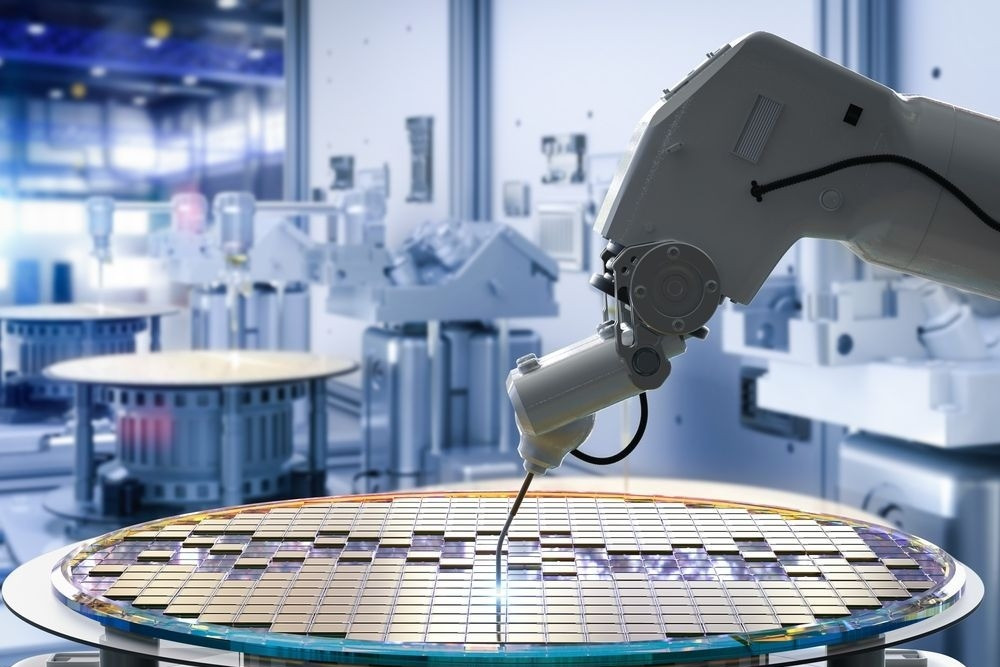
Source


![[Photo] Close-up of modernized Thu Thiem, connecting new life with District 1](https://vphoto.vietnam.vn/thumb/1200x675/vietnam/resource/IMAGE/2025/6/24/d360fb27c6924b0087bf4f288c24b2f2)


![[Photo] General Secretary To Lam meets with the Group of Young National Assembly Deputies](https://vphoto.vietnam.vn/thumb/1200x675/vietnam/resource/IMAGE/2025/6/24/618b5c3b8c92431686f2217f61dbf4f6)

![[Photo] The 9th Party Congress of the National Political Publishing House Truth](https://vphoto.vietnam.vn/thumb/1200x675/vietnam/resource/IMAGE/2025/6/24/ade0561f18954dd1a6a491bdadfa84f1)













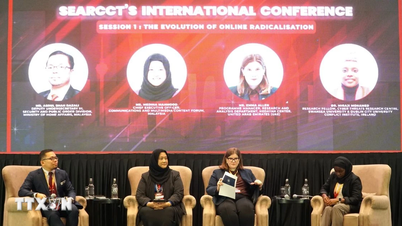


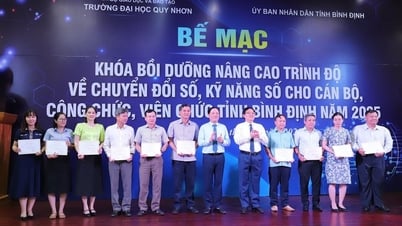









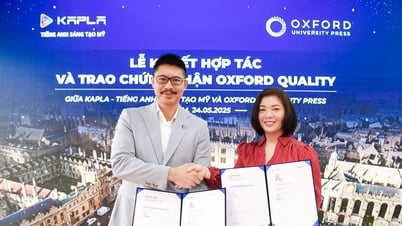

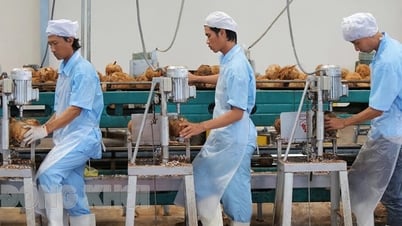

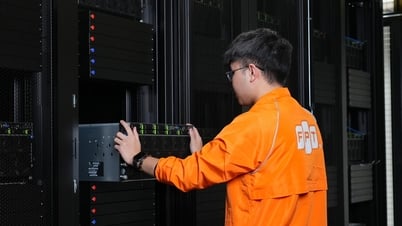















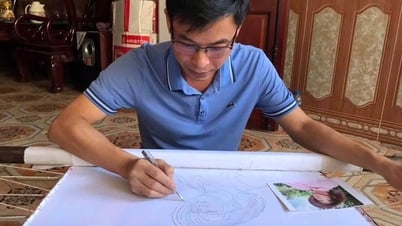





























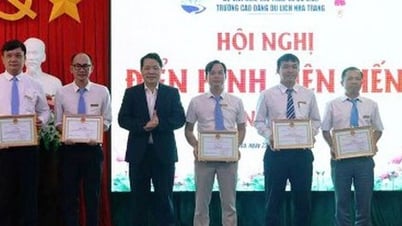


























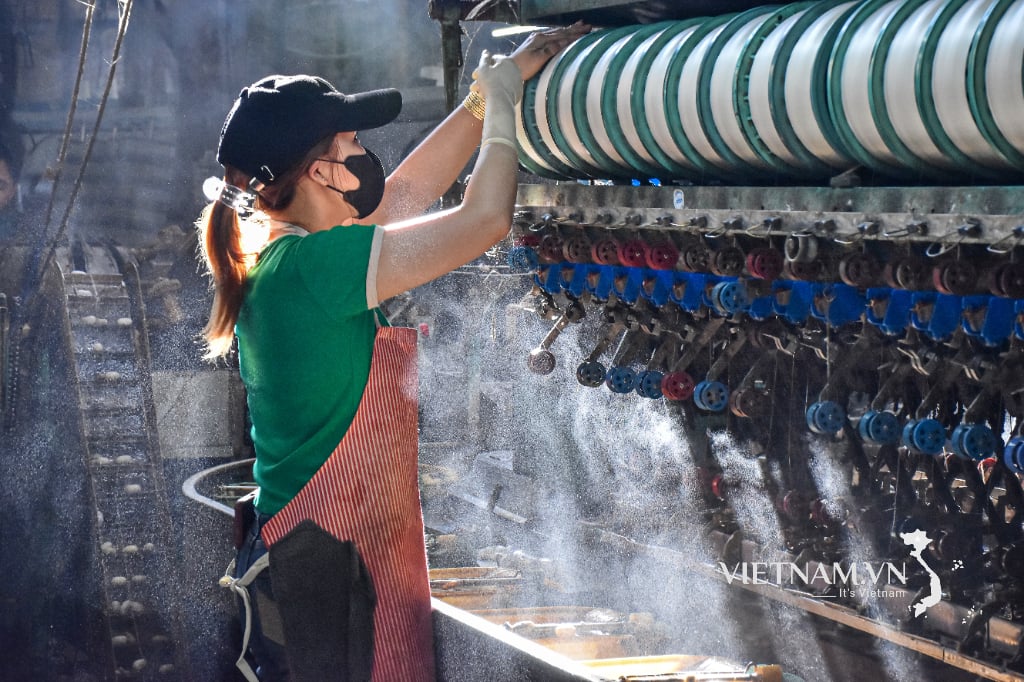

Comment (0)